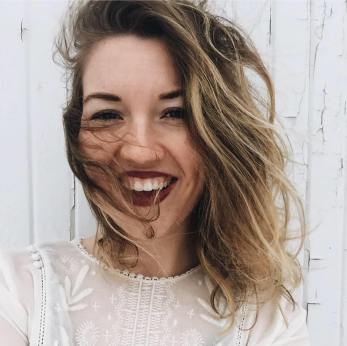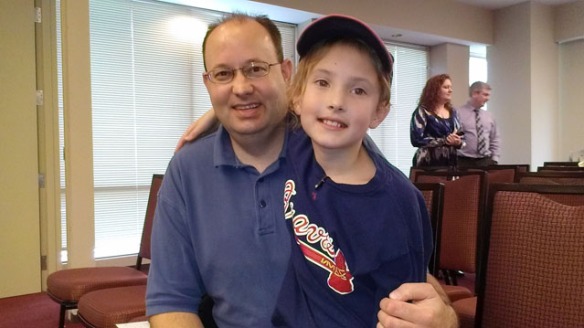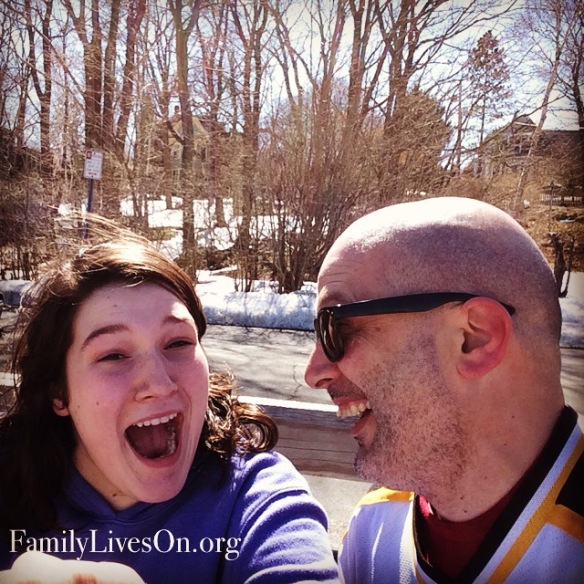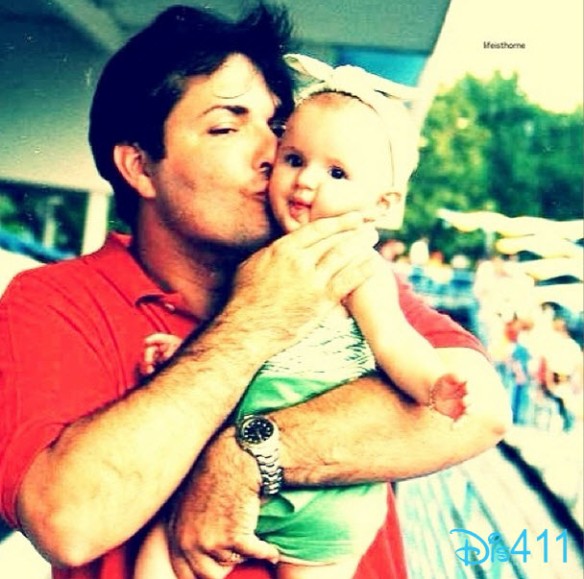![smiling cute kid_thumb[3]](https://familyliveson.files.wordpress.com/2014/12/smiling-cute-kid_thumb3.jpg?w=584) Re-Posted from Parent and Child Magazine
Re-Posted from Parent and Child Magazine
My twin daughters, Anna and Emma, are 16 years old, but they still love to relive and retell stories from their early childhood. Emma often asks to hear about how she greeted everyone with her first word, “cookie,” rather than with “hello.” Anna recounts the time she was struck with a shovel full of ice and had to go to the emergency room. “I remember being there!”; she says. “I remember lying on the bed and hearing you go, ‘Ohhh!’ The doctor was a woman, and everyone came to visit me.” She was only 2 at the time! What will your child remember from her earliest years? And what meaning do these specific memories have for your child?
For one thing, memories connect our pasts, our present, and our futures — and they connect us to one another. Our children’s memories can also lend insight into their rich inner lives, and can help them develop what Eric Neisser, founder of the Rutgers Special Education Clinic, calls “the extended knowledge of oneself across time.” Knowledge of oneself is power, and you acquire it by looking inside and at your external experiences. It is one of the ways we find meaning in our lives.
What Children Remember
Jerome Bruner, one of the most influential psychologists of the 20th century, suggests that retelling events is a means for children to use narrative to reconstruct their life experiences. Bruner considers storytelling the most powerful way that people organize experience. The youngest “reminiscers” rely on others to help them create a description of the past. The language that accompanies visual imagery and experiences makes them that much stronger in our minds.
Several years ago, I embarked on a study with a colleague at the Early Childhood Education Center at the University of Vermont to capture children’s salient memories. We wanted to find out what the 5 year olds remembered at their school. We hoped to gain insight from them in order to make school a better place for our students. We wanted their memories to be part of the history of our school and to convey what had challenged them and what had brought them joy. We hoped the memories would include some of what the childrenÂ’s parents and teachers held dear. What we discovered about childrenÂ’s memories was even more profound.
We explained to the children that we wanted to help them make stories (visual memoirs) of their years at school before they left for kindergarten. We asked them how they thought they could tell a story in pictures that related what they remembered about life at school. Initially, the children met outside under a shady tree, and their teacher read stories about adults recalling moments from their own childhoods. Then everyone shared memories from school with one another.
Over the course of the project, the children spent time talking about the past and drawing the things they would “never forget.” We went on walks and took cameras with no film in them so children could practice looking at objects, places, and people through a viewfinder. Soon, the children were ready to do some photography. Throughout the process, we were constantly reflecting on the stories they spoke about.
Two hundred and eighty-eight drawings and photographs later, we noticed certain themes running through the memories the children had represented in images. We searched for common threads and patterns, and what we found became the title of the project: Children Remember Important Things.
8 Important Things
In the end we culled eight areas of memories that make an impression on young children. Here’s what children will never forget:
Being dropped off at school. The most frequent memory that children reported was the experience of being dropped off at school each morning. Many children had rituals they shared with their mothers and fathers. For example, Collin remembered this: “Mommy and I would say goodbye with a hug and say, ‘I love you more than anything.’ Then, Mommy would kiss the birds on the door to the center.” In many cases the children wanted their portrait taken saying goodbye to Mom or Dad in their particular way.
Their natural environment. Children generated stories, memories, and rich conversations with one another about classroom pets, gardens, the nearby woods, and the fountain on the University green, where they enjoyed playing freely. They also mentioned places where they sought refuge from storms. The children dramatically retold stories about changes in the weather, the excitement of big winds and rainbows, and the nervous, surprised, even frenzied emotions those changes produced.
Jumping, swinging, climbing. Children often focused on the experiences of active play, such as running, jumping, swinging, climbing, and playing hockey (which is a major pastime in Vermont and a source of real-life superheroes). A typical morning greeting among these children was, “Hey! Want to be on my team today?” Some of these memories included working and playing together and the necessity of having order, rules, and leaders.
Being good at something. The children conveyed a desire to capture images of things they had created. These memories highlight a sense of competence with processes and representation. They wanted to be viewed and known by others as being “good at something”: sewing, papermaking, block-building, painting, sculpting with clay, writing, or playing favorite games.
People I like, and who like me. Friendships are important developmentally, but it was deeply moving to listen as children described having connected with others who shared their interests, who they looked forward to spending time with, who they trusted, and who they imagined would always be part of their lives. They wanted to photograph not only the people they loved, but also the people they knew liked them in return and the people who had been kind to them.
The babies and toddlers. The children wanted to leave a legacy for the younger children they had grown fond of, or, in some cases, for the younger siblings that they would be leaving behind. They remembered eating with them, watching them grow, and understanding what they like to do. Five-year-old Finley put it most eloquently: “I want to take of picture of Rowan so he’ll remember me when I’m gone.”
Being part of the community. There were a lot of feelings the kids wanted to express about the connections they formed with people in the community. This included teachers, people on the campus who had shared food with them, people who allowed them to visit special places, and the bus drivers they were friendly with.
Places and structures. Places were often unforgettable to the children. They documented buildings and destinations that represented areas of meaning for them: the first potty they used, the cribs they slept in, and the slides in the toddler room they ventured down.
Strengthen Your Child’s Memories
Talking with your child — especially thinking out loud about what is happening, what you are doing, and why — goes a long way toward building language skills, which play an important role in remembering. We can also help by narrating as we play with children, thereby offering them a context in which to remember the lessons that play can offer.
It’s also beneficial to revisit favorite books repeatedly and to tell stories from your own life. One of the important things we offer children when we talk reflectively with them is the process of making connections between the moment they are in and previous experiences.
Looking at photographs, home movies, and past schoolwork provides opportunities for talking about what these moments represent. You can ask your child, “What feelings did you have then? How do you feel about it now? Why was this moment important?” We save so many things that our children make at school — drawings, writings, collages, photographs, and more. This adds tremendous value to the children’s experiences. It’s also helpful to write a brief anecdote that your child shares with you on the back of drawings and photographs to aid in keeping the events in our minds and reminding us of the context.
We can learn so much from understanding what moments, events, places, and people are important to young children. We should be mindful of how we say goodbye to our children and give time to creating rituals and traditions. We should find ways to ensure that our children have opportunities to spend time in nature and connect with a variety of important places that they can revisit throughout their lives. Supporting our children’s early friendships — and the enjoyment they feel from being social with other people — is an important way we help them to know and remember that they are loved.
Share your feelings and your point of view as well. Telling stories about yourself is more than just interesting to your children — through your stories, they learn that you believe it is important to give voice to memories, impressions, feelings, and events that may otherwise be held inside and eventually forgotten. They learn how to recount their memories and, more importantly, that you care and expect them to talk about their lives and what matters to them the most.
___
Be a pioneer in the fight against the debilitating trauma of childhood grief, DONATE to support children and teens whose mother or father has died.
Family Lives On Foundation is a 501(c)(3) nonprofit organization. The Tradition Program is entirely funded through charitable donations. To learn more about the Tradition Program, please use this link.





![MP900182834[1]](https://familyliveson.files.wordpress.com/2015/05/mp9001828341.jpg?w=584)



![smiling cute kid_thumb[3]](https://familyliveson.files.wordpress.com/2014/12/smiling-cute-kid_thumb3.jpg?w=584)


